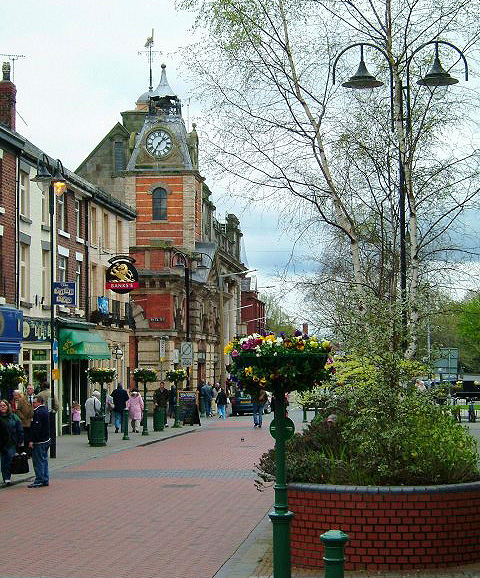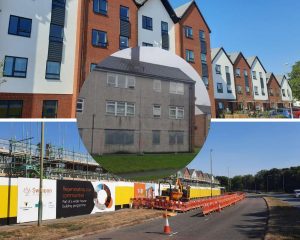“This strategy sets out a vision for entrepreneurship to thrive, where local shops and businesses are supported with permanent al fresco dining, derelict eyesores transformed into quality homes and new hubs for business and entertainment encouraged.
“With more funding for town centres and powers for communities to take a stake in their local area, we are delivering on our commitments to level up and put power in the hands of local people.
“I look forward to seeing what local communities have in store for national celebrations such as Her Majesty The Queen’s Platinum Jubilee next year – a remarkable occasion that we will mark in style.”
£22.9m to boost the leisure and tourism sector in Crewe
- £22.9m to boost the leisure and tourism sector in Crewe by regenerating the Swimming Baths, repurposing empty shops on the high street and creating new public spaces.
- £19.9m to place the river Thames at the heart of the community in Grays, through transforming the riverfront area into a community hub with entertainment and leisure venues as well as improving water-based transport options to better connect the town with London and Kent.
- £20.6m to attract visitors to Millom by highlighting the history and heritage of the town with a new “Iron Line” project at the historic Hodbarrow Reserve, creating a fully accessible new park fusing ecology, heritage and art.
- £17.5m to create a new public square in Todmorden to increase community space and highlight the towns green credentials, along with building a five-star eco hostel and setting up a digital enterprise and learning centre.
The 15 UK towns and funding allocations:
| Town | Allocation (£ million) |
| Birkenhead | 25 |
| Bloxwich | 21.3 |
| Blyth | 20.9 |
| Crewe | 22.9 |
| Darwen | 25 |
| Dudley | 25 |
| Grays | 19.9 |
| Millom | 20.6 |
| Nelson | 25 |
| Newhaven | 19.3 |
| Runcorn | 23.6 |
| St Helens | 25 |
| Stainforth | 21.6 |
| Tilbury | 22.8 |
| Todmorden | 17.5 |




